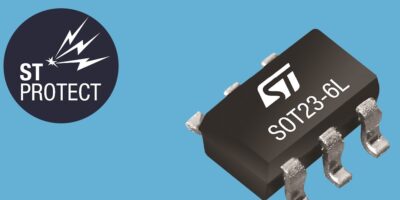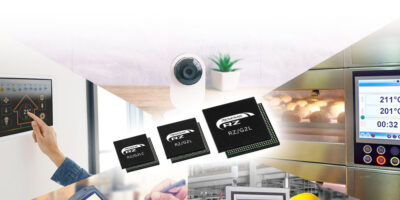Combining the Flex Logix InferX X1 edge inference accelerator chip with Winbond Electronics’ LPDDR4X DRAM, the former’s half-height, half-length PCIe embedded processor board is designed for demanding artificial intelligence (AI) applications, such as object recognition delivered via edge servers and gateways.
The Winbond LPDDR4X chip is paired with Flex Logix’s InferX X1 edge inference accelerator chip, which is based on an architecture that features arrays of reconfigurable Tensor processors. According to the company, this provides higher throughput and lower latency at lower cost than any other existing AI edge computing when processing complex neural networking algorithms such as YOLOv3 or Full Accuracy Winograd.
To support the InferX X1’s 7.5Terra operations per second (maximum) performance, the W66CQ2NQUAHJ 4Gbit LPDDR4X DRAM offers a maximum data rate of 4267Mbits per second at a maximum clock rate of 2133MHz. To enable use in battery-powered systems and other power-constrained applications, the W66 series device operates in active mode from 1.8V or 1.1V power rails, and from a 0.6V supply in quiescent mode. It offers power saving features including partial array self-refresh.
The 4Gbit W66CQ2NQUAHJ is comprised of two 2Gbit dies in a two-channel configuration. Each die is organised into eight internal banks which support concurrent operation.
Flex Logix’s half-height, half-length PCIe embedded processor board takes advantage of Flex Logix’s architecture which includes reconfigurable optimised data paths which reduce the traffic between the processor and DRAM, to increase throughput and reduce latency.
According to Robert Chang, technology executive of DRAM product marketing at Winbond: “The price/performance advantage of using InferX with our LPDDR4X chip has the potential to significantly expand AI applications by finally bringing inference capabilities to the mass market.”
Dana McCarty, vice president of sales and marketing for Flex Logix’s AI inference products agreed: “The combination of the unique InferX X1 processor and Winbond’s high-bandwidth LPDDR4X chip sets a new benchmark in edge AI performance. Now for the first time, affordable edge computing systems can implement complex neural networking algorithms to achieve high accuracy in object detection and image recognition even when processing data-intensive high-definition video streams.”







